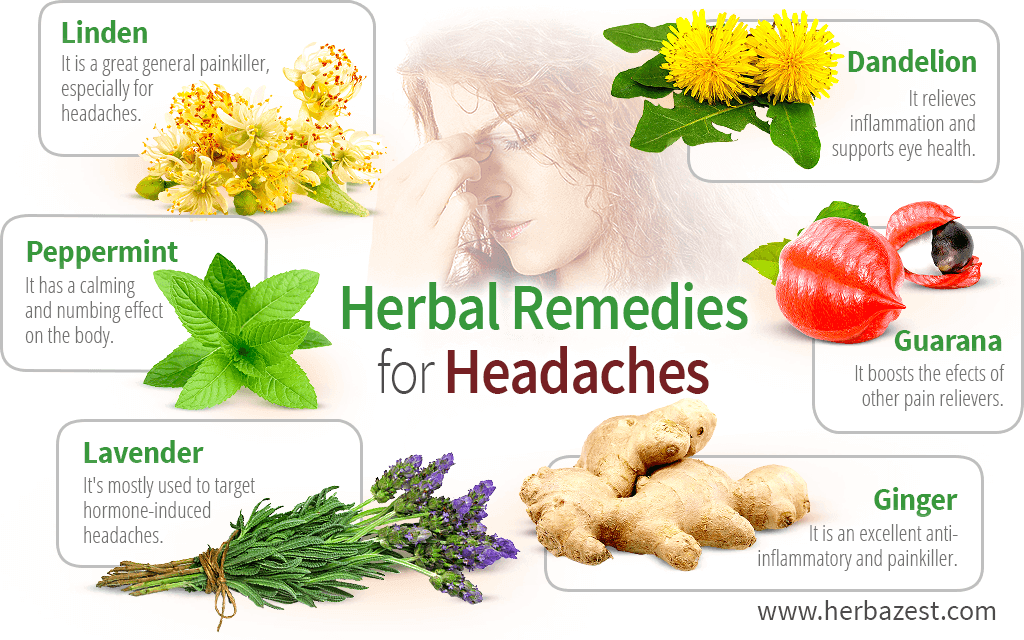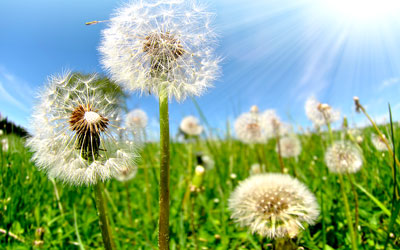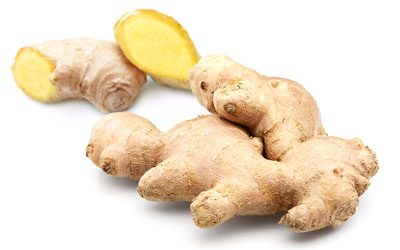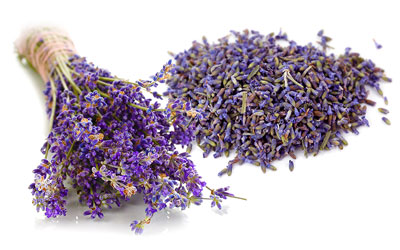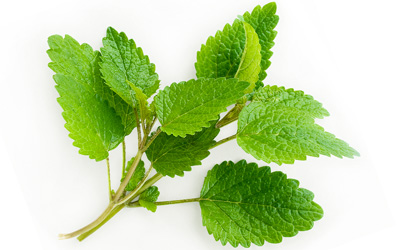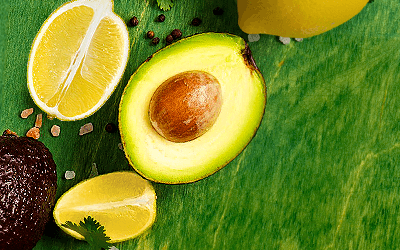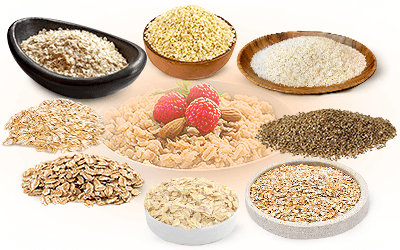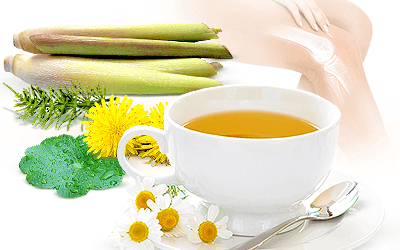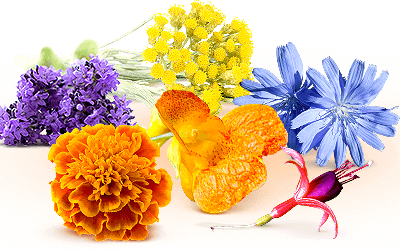Everyone has experienced a headache at some point in their life - that tight, throbbing feeling of pressure in the head that makes it impossible to focus. Whether it's mild or extreme, people typically turn to pain relievers for a quick fix. However, this does not address the root problem.
Since the majority of headaches that people experience are due to stress, anxiety, or fatigue, they can be fully healed by medicinal herbs. For years, people have sworn by their ability to eliminate pain and exude a sense of calm and well-being. Tday, more studies are confirming the healing properties of these herbs.
Ginger (Zingiber officinale)
This Asian herb has one of the most highly valued roots in both the medicinal and culinary worlds. Ginger is also one of the most potent anti-inflammatory herbs with powerful anesthetic effects, making it ideal for diminishing the intense throbbing of severe migraines and cluster headaches. In addition, ginger is also used as a remedy for nausea, providing two beneficial effects at once for those who suffer from migraines with aura.
Linden (Tilia cordata)
This European folk medicine is great for soothing headaches and as a mild-but-effective general painkiller. Linden is a strong anxiety reliever. Since stress is the main cause of headaches, this proves beneficial for calming the mind. As such, its flowers, leaves, and wood are all utilized to treat headaches and their many side effects.
As an added benefit, linden also lowers blood pressure, which is an important property because that throbbing feeling you get is often caused by high blood pressure.
Peppermint (Mentha x piperita)
Peppermint's medicinal uses date back to 1,000 BCE.1
Even the aroma of peppermint can quickly calm and relax you. This popular mint is used as flavoring in everything from toothpaste to chocolate, and for good reason.
It has calming and numbing effects on the body, which is the reason for its popularity for treating headaches. Not only does it alleviate pain, but it also minimizes the stress and tension that cause headaches in the first place. Inhale the aromas of peppermint tea or rub some essential oil on your temples for profound comfort.
Dandelion (Taraxacum officinale)
Dandelion has a special composition of vitamins A, B, C, and D as well as the minerals iron, potassium, and zinc. This delicate little flower has leaves and roots that can cure a headache in no time. Consumed in raw salads, brewed into tea, or taken as a supplement, dandelion will relax you and relieve inflammation. It is especially effective for getting rid of that lingering achy feeling that keeps you on edge. Furthermore, its high content of vitamin A supports eye health, thus preventing the recurrent tension headaches caused by overexerting the eyes.
Guarana (Paullinia cupana)
This Amazon native, guarana, is usually thought of as an energy and concentration booster, thanks to its impressive guaranine content. However, it should not be overlooked that, in addition to acting as a stimulant, guaranine is also effective for enhancing the effects of other pain relievers, whether herbal or commercial.
Lavender (Lavandula angustifolia)
Sometimes, headaches are caused by erratic hormone fluctuations in the body. Lavender is particularly effective for targeting such headaches. It can also relieve that twitchy feeling you may get in your neck when a headache comes on. For best results, you can enjoy a lavender tea or rub two drops of essential oil above your top lip to inhale the aroma. This can relieve everything from a small headache to a migraine.
Next time you have a headache, before grabbing a pain reliever that can cause irritability or other side effects, try a deeply healing alternative remedy. These herbs have been cherished for centuries for their headache taming abilities, and they are widely available today for your comfort.
Sources
- Better Health Channel, Headache
- Current Pain and Headache Reports, Caffeine and Headaches, 2018
- National Institutes of Health, Dandelion | Headache | Lavender
- Backyard Medicine
- University of Maryland Medical Center, Linden | Peppermint
Footnotes:
- Journal of Essential Oil Bearing Plants. (2013). Essential Oils of Mint between Benefits and Hazards. Retrieved February 12, 2021 from https://www.tandfonline.com/doi/abs/10.1080/0972060X.2013.813279


